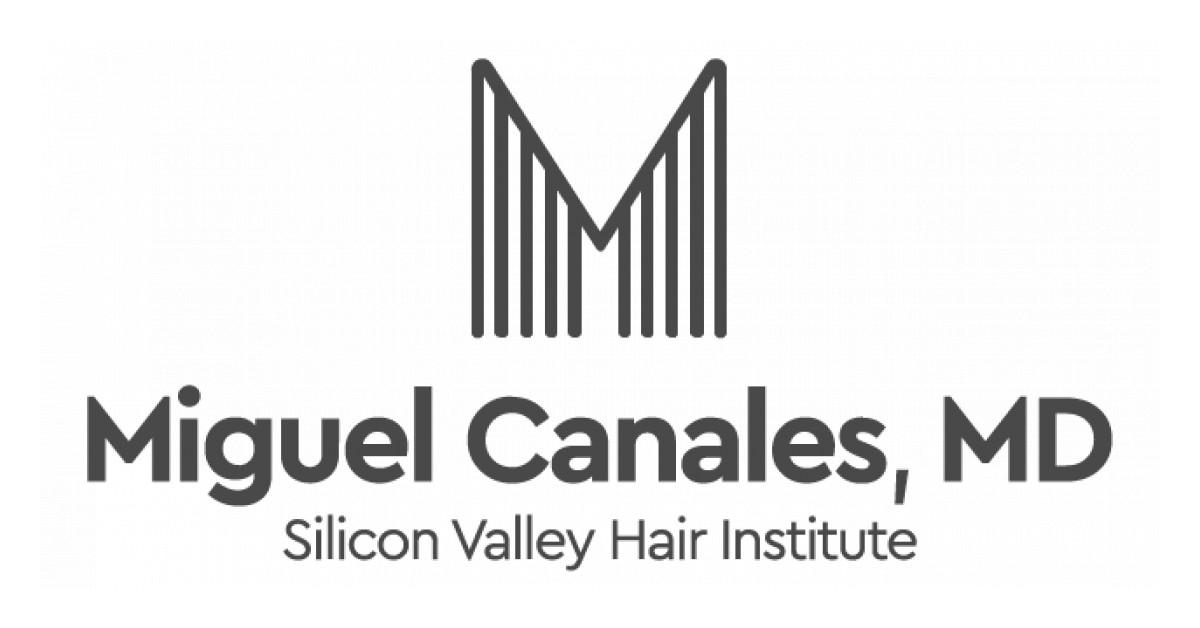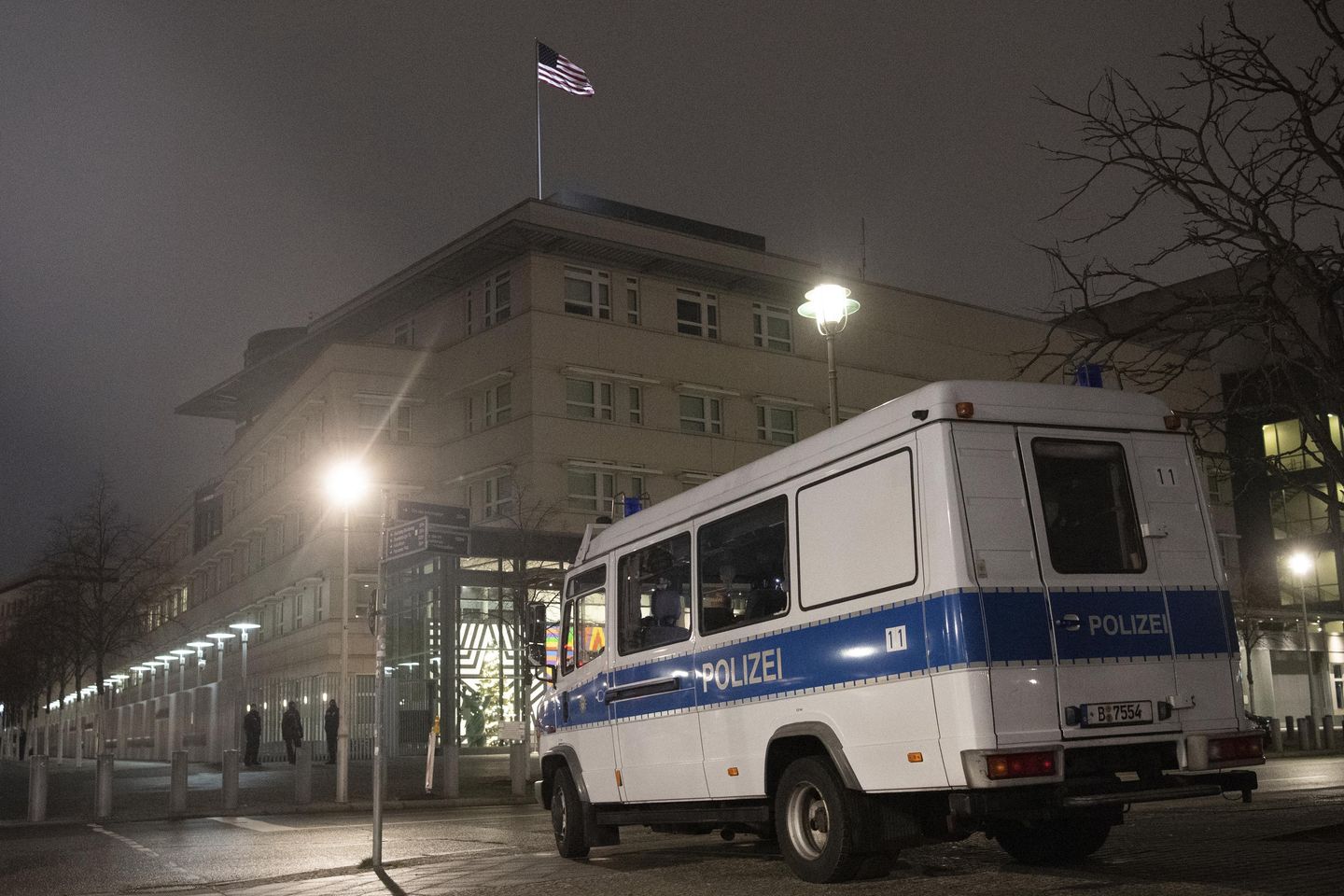Democrats anticipate a new White House request for additional funds to cushion the fallout from a lingering COVID-19 pandemic that could pump more money into testing, vaccines, hospitals and schools.
But after several previous rounds of relief, including last year’s mammoth $1.9 trillion package, any new request is sure to be met with questions about whether existing funds are still in the pipeline.
Of $5.7 trillion in fiscal support Congress has provided since early 2020, about $800 billion remains unspent or uncommitted, according to the Committee for a Responsible Federal Budget, a think tank, though those figures are reported with a lag.
Two key Republican senators have already raised questions about why the nation faces a virus testing shortage after Congress appropriated what they estimated to be $82.6 billion for testing-related programs over the last two years.
“It does not appear to be because of a lack of funding, but a more fundamental lack of strategy and a failure to anticipate future testing needs by the administration,” they wrote.
“It is unclear to us why we are facing such dire circumstances now,” wrote Missouri Sen. Roy Blunt, the ranking Republican on the Labor-HHS-Education Appropriations Subcommittee, and North Carolina Sen. Richard M. Burr, the top GOP member of the Health, Education, Labor and Pensions Committee, in a Jan. 3 letter to Health and Human Services Secretary Xavier Becerra.
The Department of Health and Human Services estimated it has received $97 billion for testing, mitigation and contact tracing over the last two years, of which $18 billion remained unobligated as of Jan. 11, according to a Republican aide on the Health, Education, Labor and Pensions Committee.
The department told lawmakers that it has plans in place to spend most of the unobligated $18 billion, leaving only $4.6 billion completely unallocated, said the aide, who spoke on condition of anonymity to discuss communications that have not been made public.
And some unobligated funding was to be expected, the department told senators, because the money was designed to be spent over multiple years.
The spending included $4.5 billion to purchase and distribute the 500 million tests recently announced by the Biden administration. And legislators provided $29.4 billion to states to build and promote their own testing, mitigation and contact tracing programs, according to HHS figures provided by the aide.
‘More money isn’t the answer’
House Majority Leader Steny H. Hoyer, D-Md., told reporters earlier this month that the White House may request additional money “to make sure schools have resources to keep themselves safe.”
Blunt and Burr have also raised questions about the pace of pandemic-related education spending, as schools struggle to reopen or stay open amid rising cases from the omicron variant.
In a Jan. 10 letter to Education Secretary Miguel Cardona, the senators wrote that 86 percent of pandemic-related funding for K-12 schools remained unspent, along with 36 percent for colleges and universities. They tallied up a total $266 billion in prior appropriations, with $191 billion still available.
“We know that more money isn’t the answer,” they wrote.
An Education Department aide who wasn’t authorized to speak for the record said all federal money was released to the states as of last year, and “they should be making every effort to disburse those funds to their local districts.”
Clearly cognizant of the criticism, the Biden administration has been careful to differentiate between immediate needs, which it says are funded, and more long-range plans.
“We have what we need to fight this moment in the crisis,” White House spokeswoman Jen Psaki told reporters at a recent briefing. “But we have continued discussions and engagements with Congress about what we may need.”
But even some Democrats have expressed frustration with the pace of pandemic spending at the state and local level.
“I don’t know that we need another package, because the money we’ve spent hasn’t been used already on the ground,” said Rep. Elissa Slotkin, D-Mich., a centrist facing a tough reelection fight this fall in a reconfigured district.
On top of direct funding for education, Congress and successive administrations have pumped in about $500 billion for miscellaneous state and local government needs.
The latest round from last March was worth $350 billion and could be used for a wider range of purposes beyond responding to the public health emergency; funds were made available to replace lost revenue, provide premium pay for essential workers, finance infrastructure projects and more.
Meanwhile, many states’ coffers today are flush with cash as big deficits have swung to surpluses. California, which was staring down a $54 billion hole in 2020, is now projecting a nearly $46 billion surplus for the 2022-2023 budget year.
State, local and tribal governments have been slow to spend their federal cash, however, due to the structure of the program as well as some confusion over acceptable uses of the money. The Treasury Department issued interim regulations implementing the program on May 10, 2021 and has disbursed $244 billion since then. Treasury released final regulations just this month, on Jan. 6.
‘Get off your duff’
Under the statute, money sent directly to localities is split into two tranches, paid out 12 months apart. That means local governments won’t get half of their allotted funds until May 2022.
In addition, Treasury has authority to split payments to state governments in half; the department decided to do that in all cases except states where the unemployment rate is at least 2 percentage points higher than its pre-pandemic level.
Michigan, in line for $10.9 billion in total aid, is among the 30 states Treasury is sending money to in two batches. But some are concerned even the half that’s already arrived is lying dormant.
“The COVID relief, at least in my state, that we passed back in March is sitting in the bank account of the state of Michigan,” Slotkin said on NBC’s “Meet the Press” on Jan. 23. “Michigan state Senate and state Senates, like move, get off your duff. You know, get that money out so we can pay more for [substitute teachers] in our schools, so that we can get more folks, nurses and doctors.”
Despite such concerns, a bipartisan group of lawmakers is drafting legislation for a new round of aid to pandemic-battered industries, including restaurants and possibly hotels, gyms, theaters and more. That bill, not yet released, appears to be aimed at industries whose previous funding has run dry, such as restaurants, or those who never received any aid in the first place, including hotels and gyms.
But lawmakers said they still have questions about money spent on theaters and other live venues. Congress provided $16 billion for a Shuttered Venue Operators Grant program last year, most of which has since been gobbled up.
House Small Business Committee Chair Nydia M. Velazquez, D-N.Y., and Rep. Judy Chu, D-Calif., asked why $2 billion from the fund remains unobligated in a Jan. 24 letter to Isabel Guzman, who heads the Small Business Administration, which runs the program. The lawmakers said the money “must be used to support these businesses as soon as possible.”
Additionally, states and localities have the ability under Treasury’s final rule on how to spend their $350 billion to direct money to eligible small businesses, nonprofits and hard-hit industries, especially in the travel, tourism and hospitality sectors.
Diverting disaster aid?
Senate Minority Leader Mitch McConnell, R-Ky., meanwhile, said some money not yet spent on pandemic relief could be diverted to help with his home state’s response to tornado damage.
“As a result of a bill that I did not support about a year ago, our state and other states are literally awash in money,” McConnell told reporters in Frankfurt after a briefing on tornado recovery efforts, referring to last year’s pandemic aid package that passed on a party-line vote.
“To what extent any of that can be reprogrammed, you’d have to ask the state government, but reprogramming is something we look at all the time at the federal level,” he said.
Whether such a reprogramming would be needed, however, remains unclear. The Federal Emergency Management Association expects to draw down its Disaster Relief Fund in coming months, but still have a cash balance of more than $9.8 billion at the end of September.
Lindsey McPherson contributed to this report.
Note: This article have been indexed to our site. We do not claim legitimacy, ownership or copyright of any of the content above. To see the article at original source Click Here













